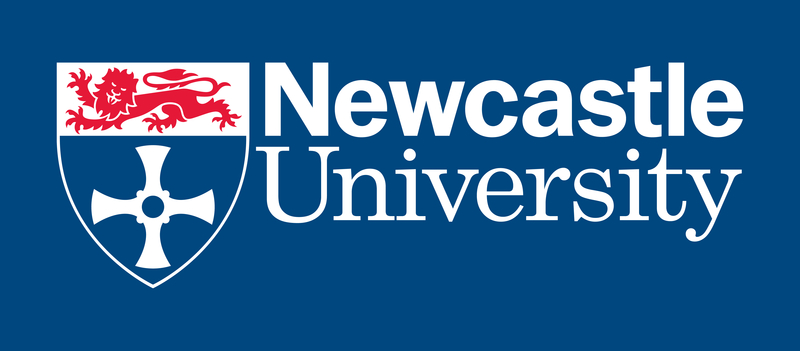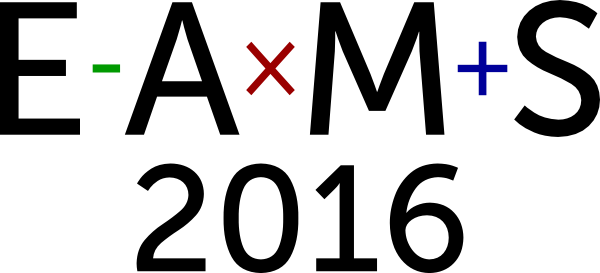Mathematica-based e-Learning/Assessment System for College Mathematics
The after-class learning is quite important to understand and master college mathematics. To build a learning environment which promotes students’ after-class learning, we developed the web site MATH ON WEB, which currently consists of two systems; Web-based Mathematics Learning System (WMLS) and Web-based Assessment System of Mathematics (WASM). WMLS is a system for assisting students’ self-learning and WASM is a system for an online assessment.
WMLS and WASM are based on webMathematica. In both systems, each problem data consists of a problem template (Text), a problem seed (a list of mathematical expressions in Mathematica form or a Mathematica program which generates mathematical expressions), an answer column (HTML form), an answer checker program (a Mathematica program which analyzes students’ answers and identifies types of errors), a list of feedback messages (Text), and an example problem with a sample solution (PDF). Each element in a list of feedback messages corresponds to the error type, and the system shows, depending on the error type, the appropriate feedback message to a student. In WASM, online assessment tests are classified by learning units, and each test consists of multiple problems which are presented in random order. In WASM, students need to answer each problem within the time limit.
Both systems covers all topics in the standard courses of calculus and linear algebra in college mathematics. For example, in WMLS, over 200 learning units and over 1000 problems are implemented. We have been using MATH ON WEB since 2008 to implement a blended-learning environment for first-year mathematics classes with more than 600 students in total every year.
Recently, we have developed a prototype of the Moodle plug-in of these systems. We aim to release the first version of the Moodle plug-in in 2017.
A paper following this talk appeared in the EAMS 2016 special issue of MSOR Connections.


